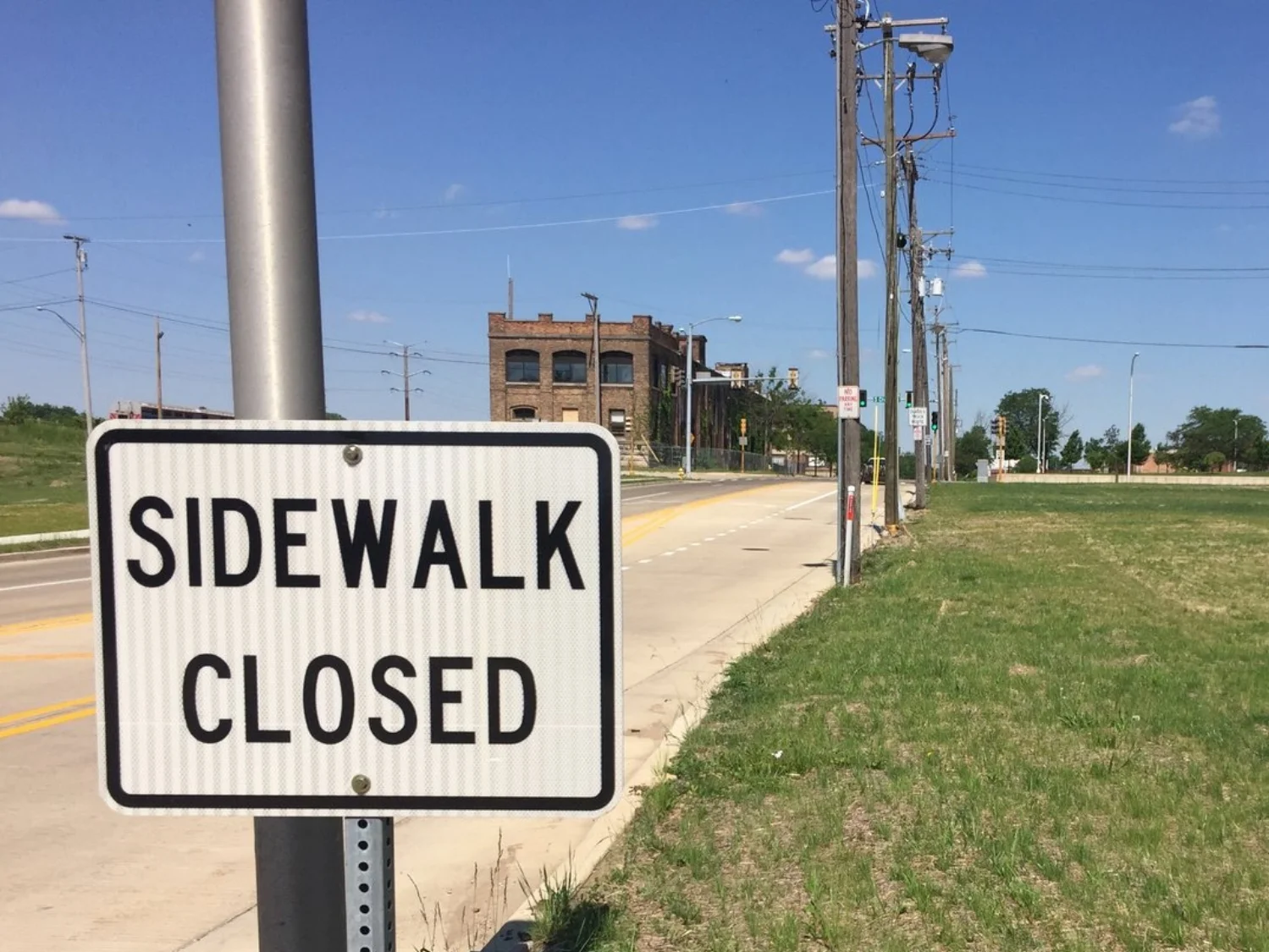Strong Towns ideas have started permeating the wider culture at an increasing rate. But even as many cities and organizations embrace the movement, others twist it to serve their own agendas. Now more than ever, the movement needs advocates who uphold the true principles of building strong towns. It needs you.
Read MoreIn recent years, Strong Towns ideas have started permeating the wider culture at an increasing rate. But even as many cities and organizations embrace the movement and create real, positive change, others twist it to serve their own agendas. Now more than ever, advocates must uphold the true principles that build strong towns.
Read MoreTraffic calming interventions are best when they not only make the environment safer for everyone outside of a car, but when they do so in a way that reduces the mental load for drivers.
Read MoreA recent public health study out of Johns Hopkins has found that narrow lanes reduce crashes on streets, and recommends that lanes as narrow as 9 feet wide be the default.
Read MoreMDOT’s M.O.: create deadly streets, and then blame drivers for high traffic death rates.
Read MoreWhat do we mean when we say that street design is a large factor responsible for traffic deaths?
Read MoreOur streets are still dangerous by design. This report shows what we need to do about it.
Read MoreAmerica’s deadly streets are a slow-rolling emergency, thanks in part to the engineering practice of designing city streets just like wide-open highways. A new video influenced by Strong Towns thinking explores the history of this disastrous idea.
Read MoreLearn to dispel the common myths you hear from transportation agencies with regard to safe streets. The guidance isn’t as sacred as they want you to believe.
Read MoreA Strong Towns member’s original research on where pedestrians are and are not hit by vehicles in his city of Rockford, Illinois, makes clear that street design matters. A lot.
Read MoreThe “safety features” built into our modern streets are often downright dangerous. It's time to use the forgiveness of slow speeds instead of forgiving design.
Read MoreOur urban streets will not be safe until we slow cars.
Read MoreThis is what success looks like when highway standards are applied to city streets.
Read MoreTexting while driving is a very real problem. The cause of the problem, however, isn’t recklessness but an incorrect perception of safety on behalf of drivers who feel little risk in texting. We can write all the anti-distracted driving laws we want but, at best, we will only displace the problem, replacing texting with some other distraction. To really address this problem, we need to be willing to incorporate driver psychology, including risk response, into our engineering approach.
Read MoreWhen we mix high speed cars with stopping and turning traffic, it is only a matter of time until people get killed. It is statistically inevitable because we are all normal people living normal lives. When things get bad on one spot – when a random sample of accidents becomes the inevitable statistical aberration in one place or another, the mistaken signal within the noise – professional engineers will propose some turn lanes or a lane widening or a greater clear zone. They will never propose the two things that would matter: designing non-highways in such a way that people drive more slowly and removing dangerous accesses from those highways where we want people to drive fast.
Read More













